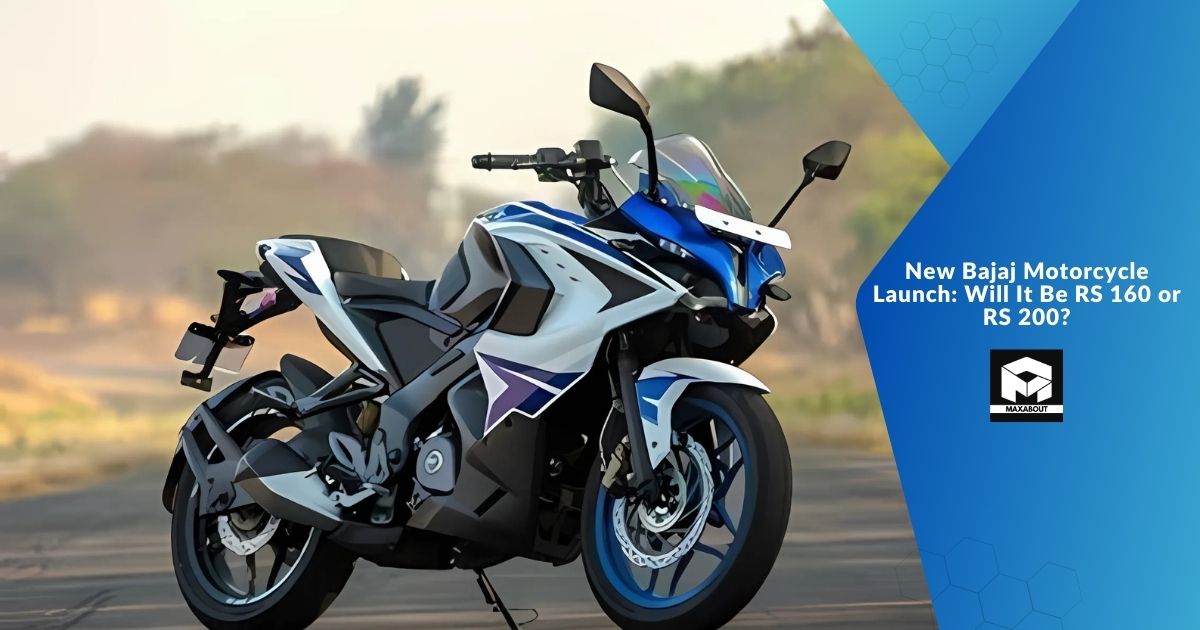With the Pulsar RS 160 and RS 200 being buzzed to be launched in India, the excitement around the Bajaj motorcycle launch has reached fever pitch. Bajaj Auto remains innovative and continues to expand its Pulsar lineup, and riders and enthusiasts are looking forward to seeing what’s in store. Given that the Pulsar series is a feature in the Indian motorcycle market it is therefore, natural that for those thinking of buying the motorcycle, understanding the differences among these models makes the list of considerations. In this article, we will analyze the key features and specifications of both models also discussing the market implications of each. make an informed decision.
What Makes Bajaj Pulsar Special?
The Bajaj Pulsar brand has been synonymous with performance-orientated motorcycles in India since its launch in 2001. Known for their sporty aesthetics and robust engineering, Pulsar motorcycles have garnered a loyal following among young riders. The introduction of models like the Pulsar RS 200 has further cemented Bajaj’s reputation in the super sport segment.
- Market Impact: The Pulsar series has significantly influenced motorcycle culture in India, with over 1.5 million units sold since its inception.
- Diverse Offerings: The lineup includes various models catering to different segments, from commuter bikes to high-performance machines.
Current Trends in Motorcycling
As we move into 2025 several trends are shaping the motorcycle industry:
- Increased Demand for Performance Bikes: Riders are looking for motorcycles that offer not just style but also performance and technology.
- Focus on Connectivity: Features like Bluetooth connectivity and digital instrument clusters are becoming standard expectations among consumers.
- Sustainability: With rising fuel prices and environmental concerns, manufacturers are exploring more fuel-efficient engines and electric options.
Exploring the RS 160 and RS 200
Specifications Comparison
Both thePulsar RS 160 andRS 200 are designed to appeal to different segments of riders while maintaining the Pulsar ethos. Here’s a breakdown of their specifications:
| Feature | Pulsar RS 160 | Pulsar RS 200 |
|---|---|---|
| Engine Type | Single-cylinder, air-cooled | Single-cylinder, liquid-cooled |
| Displacement | 160cc | 199.5cc |
| Max Power | 17.2 bhp | 24.13 bhp |
| Torque | 14.6 Nm | 18.74 Nm |
| Transmission | 5-speed | 6-speed |
| Brakes | Front & rear disc with ABS | Front & rear disc with ABS |
| Price | Approx Rs.1.40 lakh | Approx Rs.1.74 lakh |
The RS 200 clearly has an edge in terms of power and torque, making it more suitable for performance enthusiasts. However, the RS 160 offers a more accessible price point for those who may not require the additional power.
Real-World Performance
In real-world scenarios, both bikes perform admirably within their respective categories:
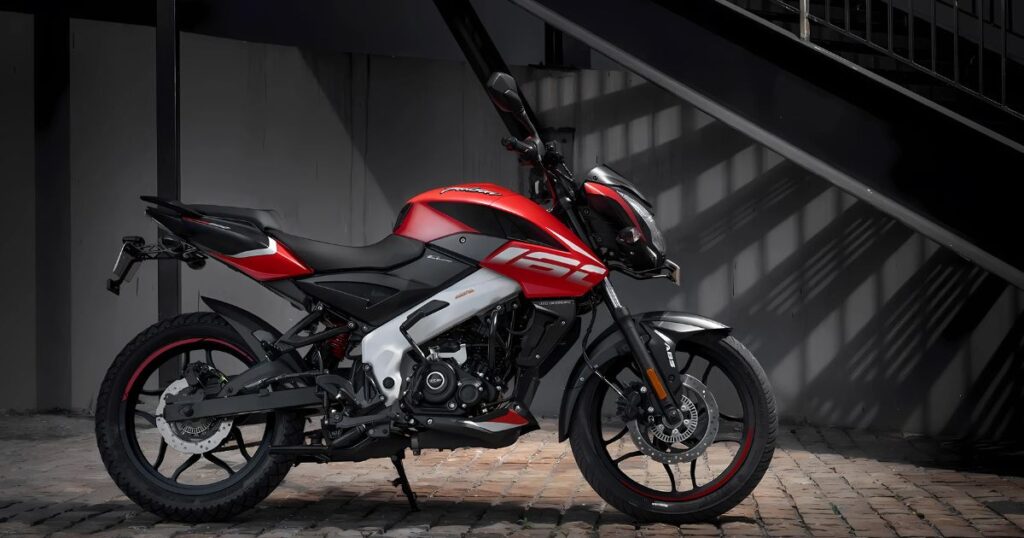
- Pulsar RS 160: It’s a good city commuter with decent power delivery and good mileage (around 52 kmpl). This is lightweight and agile, which makes it easy to drive through traffic.
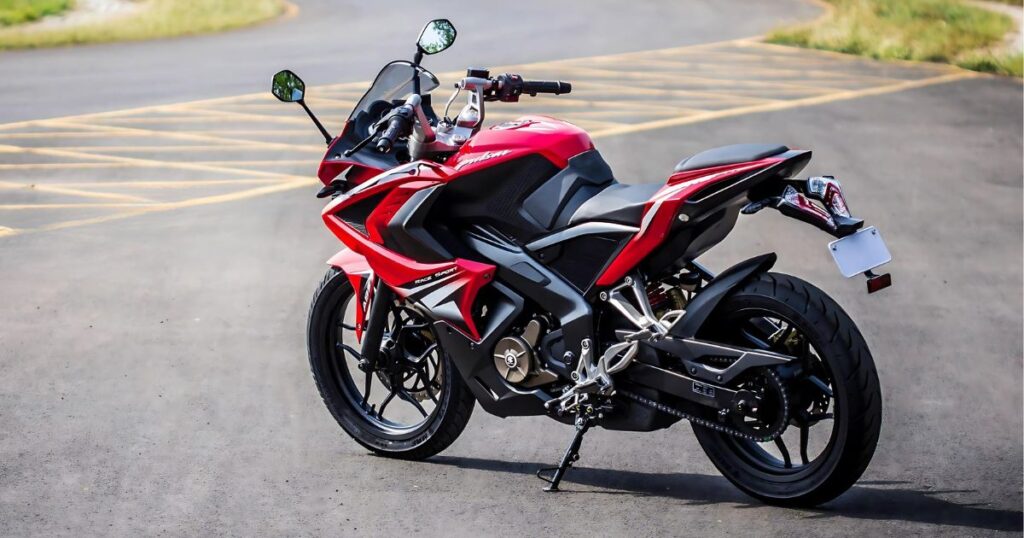
- Pulsar RS 200: It is known for being very sporty in performance on highways and tops out at about 140 km/h. Its aerodynamic design makes the riders feel the stability at high speeds.
Design Elements
Both models share a similar aesthetic appeal but have distinct design cues:
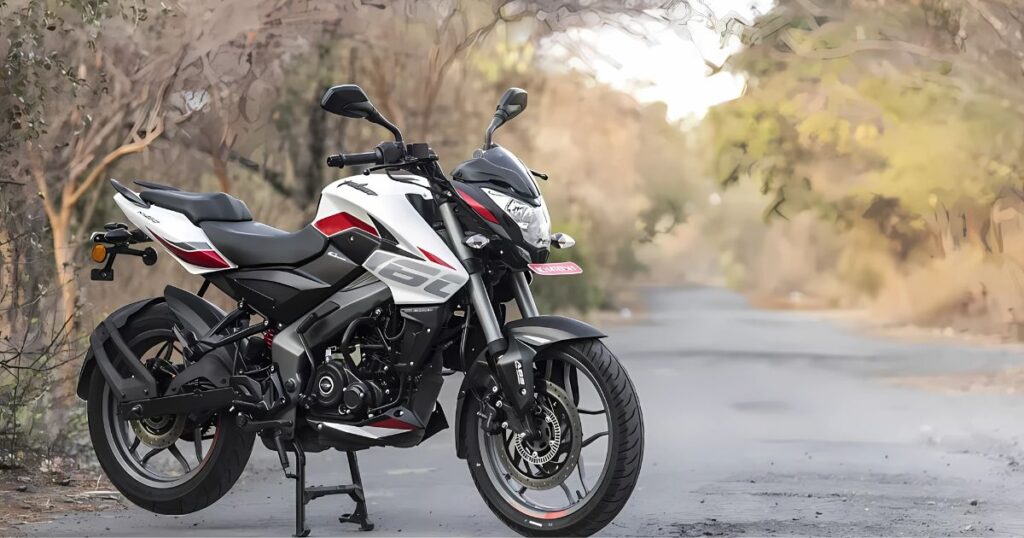
- Pulsar RS 160: Is a more compact version with more aggressive styling aimed at younger riders who want a sport commuter bike.
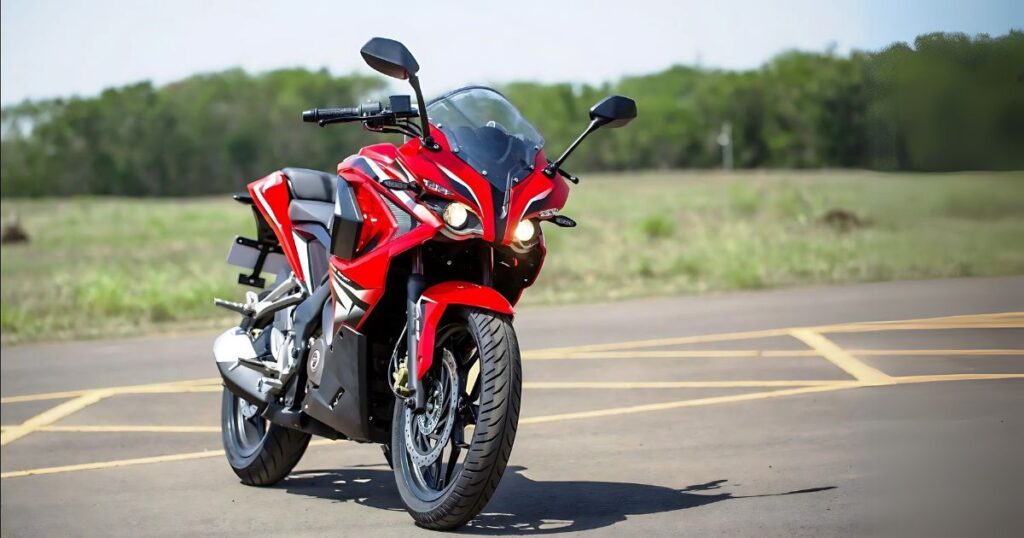
- Pulsar RS 200: It boasts a full fairing that makes the sporty look more sporty and provides better aerodynamics. The headlamps are dual-projector headlamps assisted with LED DRLs.
Technology Integration
The integration of technology is becoming increasingly important in modern motorcycles:
- Digital Instrument Console: Rider convenience is expected to be enhanced with an updated, fully digital console featuring Bluetooth connectivity for navigation and call alerts.
- Connectivity Features: According to recent reports, both models may offer smartphone connectivity, enabling riders to use different features directly from their consoles.
Implications and Predictions for the Market
Pricing Strategy
With both models targeting different segments of riders, pricing will play a crucial role in their success: Similarly, the Pulsar RS 160 is expected to be priced around Rs. 1.40 lakh, competing with the Yamaha R15 by this margin. On the price front, the Pulsar RS 200 will sit in the approximately Rs.1.74 lakh bracket and take on higher-end competitors like the KTM RC200 and Honda CBR150R.
Future Predictions
Experts believe that Bajaj’s strategy of diversifying its Pulsar lineup will pay off. Bajaj can boast of satisfying the needs of entry-level sports bike riders as well as those with more powerful machines like the RS 200. Bajaj has a good opportunity to get a sizable piece of this rising performance-orientated bike market with advanced features.
The Advantages and Disadvantages of Each Model
Pulsar RS 160
Pros:– More affordable price point- Lightweight and agile- Good fuel efficiency.
Cons:-As compared to RS200, lower power output Less good for longer distance touring.
Pulsar RS 200
Pros:– Higher power and torque. Full fairing sporty design. Features such as a digital console.
Cons:– Higher price point Bikes with higher displacement (i.e. bigger bikes) may be less fuel efficient than smaller bikes.
Conclusion
Bajaj is preparing itself for the launch of the RS 160 or RS 200, and buyers have quite a lot to think about. Each of the two models has its own set of unique benefits, which are fine-tuned for different riding styles: either for affordability or performance.

